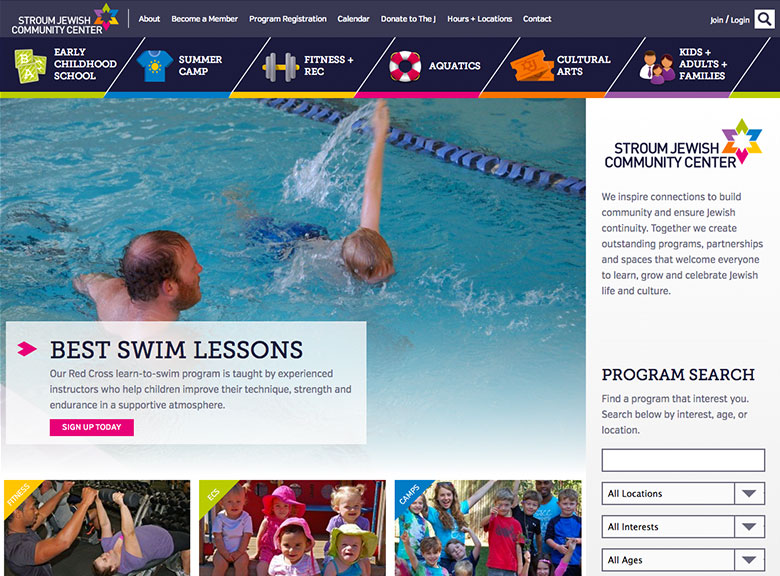The ALS Ice Bucket Challenge
As much as newer social media platforms like Instagram, Vine, and Pinterest have made waves in recent years, a good old-fashioned Facebook campaign has raised over $88 million for the ALS Association since June. Over 28 million people have joined in, and 2.4 million videos related to the challenge have been shared.
Clearly, video is at least in part to blame.
The videos are short, sharable, and entertaining. Pair those elements with a worthy cause, an easily-achievable challenge that participants pass on to their friends, celebrity participation, and social media to share the results, and you’ve got yourself a viral campaign.
The combination of social pressure and public participation on Facebook motivates people to donate and then pass it on–who wants to be the only person in their group of friends not to take the challenge?–and once you’re challenged, everyone knows if you don’t participate.
Viral content expert Jonah Berger commented, “It makes you look good to be part of this movement. There is also the challenge aspect of it…. It’s almost like a duel: You’re calling out a friend of yours and it’s very hard for the friend to say no. It’s a signal of who they are so they want to step up to the challenge…. It’s almost the best type of chain letter in that respect.”
One major area of success for the campaign is that the ALS Association has to do very little to keep it going. Once people are hooked, the crowd applies all the social pressure necessary to make donations skyrocket. Users pass on the message because they want to, so content reproduces itself, reaching larger and larger audiences, without the ALS Association having to put any new resources into creating it.
However, some critics think that the success of the Ice Bucket Challenge has less to do with psychology and more to do with one seemingly small change that Facebook rolled out last December: autoplay.
“Consider the experience of scrolling through Facebook the last couple of weeks. A video of a half-naked person standing in a backyard pops up and starts playing without any prompting, sans sound. Maybe you ignore the first one, and don’t even get to the bucket part. But then another with a similar template pops up. You let it play a little longer and see a human being dumping a bucket of water on his head. Curiosity piqued, you restart the video, this time with volume. Autoplay video got your attention,” explains Rebecca Greenfield in a Fast Company article.
If people had to click on IBC videos to make them play, the campaign might not have achieved the stunning reach that it has this summer. But when videos automatically start playing, audiences get sucked in pretty quickly.
It seems like IBC’s success is the result of some combination of Facebook’s autoplay feature and the campaign’s viral qualities–sharability, entertainment value, and benefitting a good cause–but it’s less clear which has the bigger influence.
Check out our staff picks ALS Ice Bucket Challenge video!

 Fort Ligonier Days: 60th Anniversary
Fort Ligonier Days: 60th Anniversary  JCC PGH: Center for Loving Kindness
JCC PGH: Center for Loving Kindness  Wagner Agency
Wagner Agency  OBID: You Are Here
OBID: You Are Here  Breathe Project
Breathe Project
Be the first to comment!